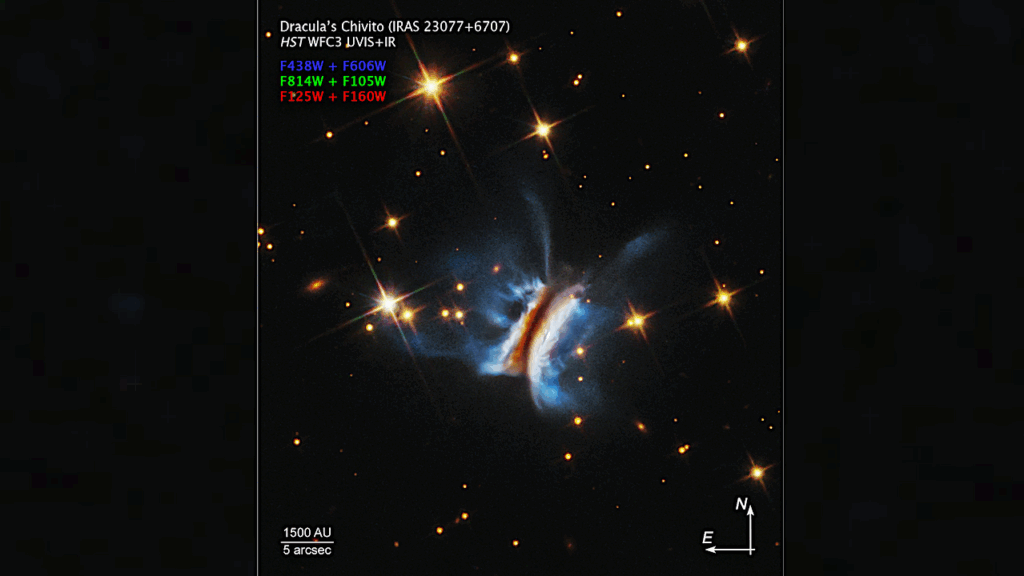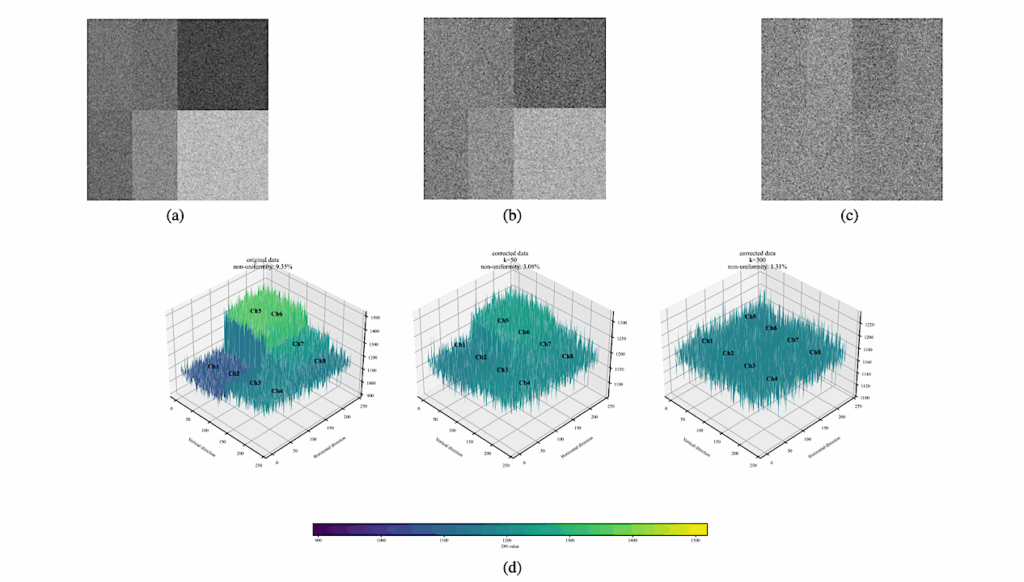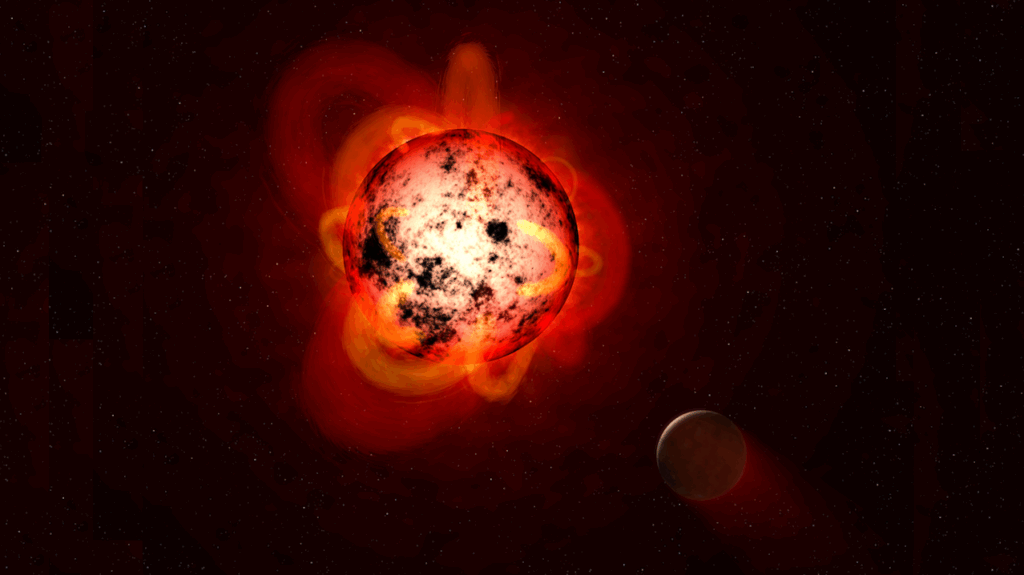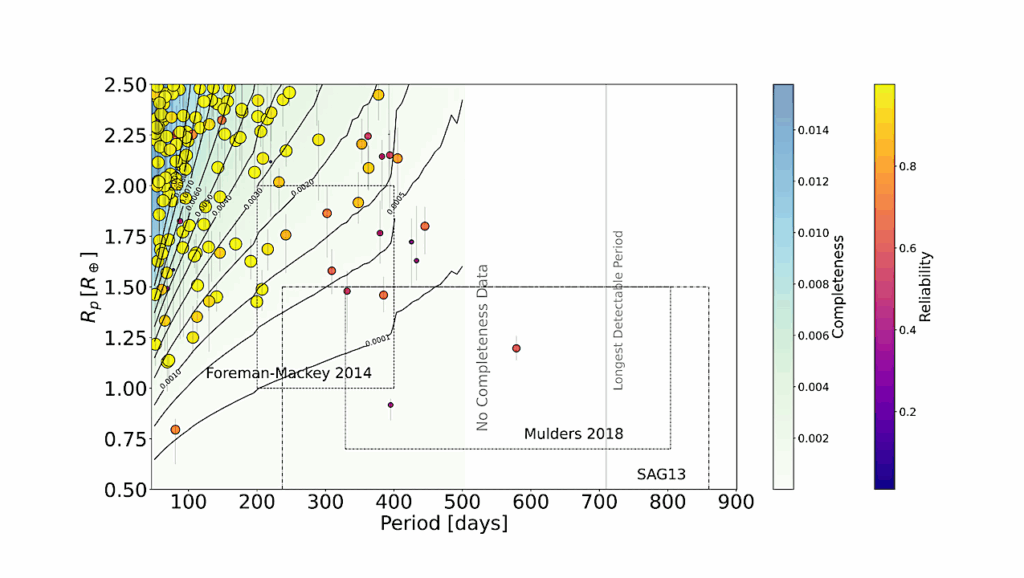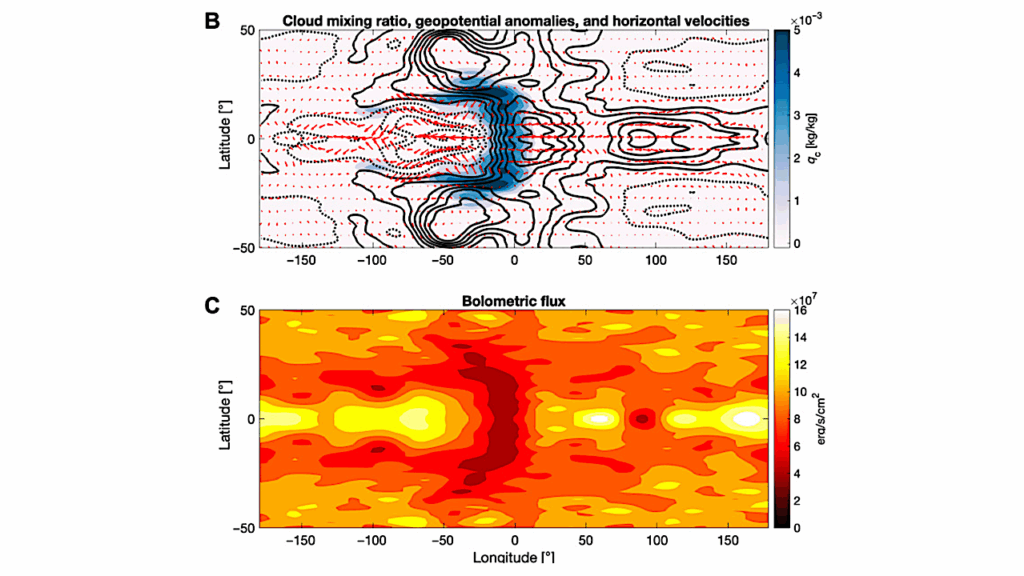Climate diversity on cool planets around cool stars with a versatile 3-D Global Climate Model: the case of TRAPPIST-1 planets

TRAPPIST-1 planets are invaluable for the study of comparative planetary science outside our Solar System and possibly habitability.
First, we derive from N-body simulations possible planetary evolution scenarios, and show that each of the planets are likely to be in synchronous rotation. We then use a 3-D Global Climate Model to explore the possible climates of cool planets of the TRAPPIST-1 system. In particular, we look at the conditions required for cool planets to prevent possible volatile species to be lost by permanent condensation, irreversible burying or photochemical destruction. We also explore the resilience of the same volatiles (when in condensed phase) to a runaway greenhouse process. We find that background atmospheres made of N2, CO or O2 are resistant to atmospheric collapse. However, it should be difficult for TRAPPIST-1 planets to accumulate significant greenhouse gases like CO2, CH4, or NH3. CO2 can easily condense on the nightside, forming glaciers that would flow toward the substellar region.
A complete CO2 ice cover is possible on TRAPPIST-1g and h only, although CO2 ice deposits could be gravitationally unstable and get buried beneath the water ice shell in geologically short timescales. Given TRAPPIST-1 planets large EUV irradiation (at least 1000x Titan’s flux), CH4 and NH3 should be photodissociated rapidly and thus be hard to accumulate in the atmosphere. Photochemical hazes could then sedimentate and form a surface layer of tholins. Regarding habitability, we confirm that few bars of CO2 would suffice to warm the surface of TRAPPIST-1f and g above the melting point of water. We also show that TRAPPIST-1e is a remarkable candidate for surface habitability. If the planet is today synchronous and abundant in water, then it should always sustain surface liquid water at least in the substellar region, whatever the atmosphere considered.
Martin Turbet, Emeline Bolmont, Jeremy Leconte, Francois Forget, Franck Selsis, Gabriel Tobie, Anthony Caldas, Joseph Naar, Michael Gillon
(Submitted on 21 Jul 2017)
Comments: 19 pages, 9 figures, submitted for publication in Astronomy & Astrophysics, abstract abridged for arXiv submission
Subjects: Earth and Planetary Astrophysics (astro-ph.EP)
Cite as: arXiv:1707.06927 [astro-ph.EP] (or arXiv:1707.06927v1 [astro-ph.EP] for this version)
Submission history
From: Martin Turbet
[v1] Fri, 21 Jul 2017 15:00:47 GMT (5631kb,D)
https://arxiv.org/abs/1707.06927
Astrobiology


